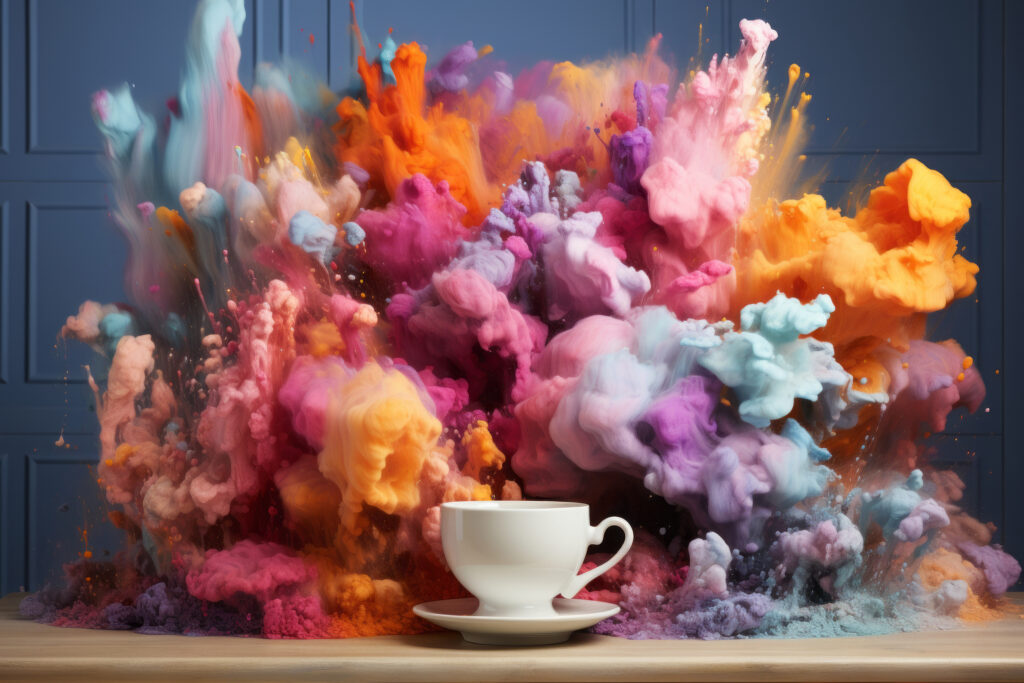
In the vast ocean of marketing, colors sail as the silent yet potent force that can either anchor your brand to success or drift it into the abyss of obscurity. Understanding the psychology behind color choices is not just an art; it’s a strategic science that, when mastered, can dramatically elevate your business’s impact and revenue.
The Psychology of Color
Colors speak a language understood by all, transcending barriers and invoking emotions and actions. Red evokes a sense of urgency and excitement, often used in clearance sales to spur action. Blue, on the other hand, instills trust and security, making it a favorite among banks and social media platforms. Understanding the emotional weight each color carries can help you tap into your audience’s subconscious, influencing their perception and behavior towards your brand.
Color and Brand Identity
Your brand’s colors are its fingerprint—unique, identifiable, and telling. Selecting the right color palette is paramount in conveying your brand’s values and message. A mismatch between your brand’s identity and its colors can lead to confusion and disengagement. Consistency in color usage enhances brand recognition and reinforces trust and reliability across all customer touchpoints.
Impact of Colors on Marketing and Sales
The strategic use of colors can significantly influence marketing outcomes and sales. For instance, a study found that a product’s color could influence 60-80% of customers’ purchasing decisions. Brands like Coca-Cola and Tiffany & Co. have masterfully utilized red and Tiffany blue to attract attention and forge a strong emotional connection with their audience.
Practical Tips for Using Colors in Your Marketing Strategy
- Align Colors with Your Brand’s Personality: Choose colors that reflect your brand’s ethos. For an eco-friendly brand, green can convey your commitment to sustainability.
- Consider Cultural Contexts: Colors have different meanings in different cultures. Ensure your color choices resonate well with your target demographic.
- Test and Iterate: Use A/B testing to see how different colors affect customer behavior and preferences. This data-driven approach can reveal what works best for your audience.
Leveraging the right colors in your marketing strategy is not just about aesthetics; it’s a powerful tool to enhance brand recognition, influence customer behavior, and drive sales. Remember that understanding and applying the psychology of colors can be a pivotal step in transforming your business strategy from good to great. So, why not start today? Experiment with colors, measure their impact and refine your approach. After all, in the dynamic world of marketing, the bold and the insightful lead the way.